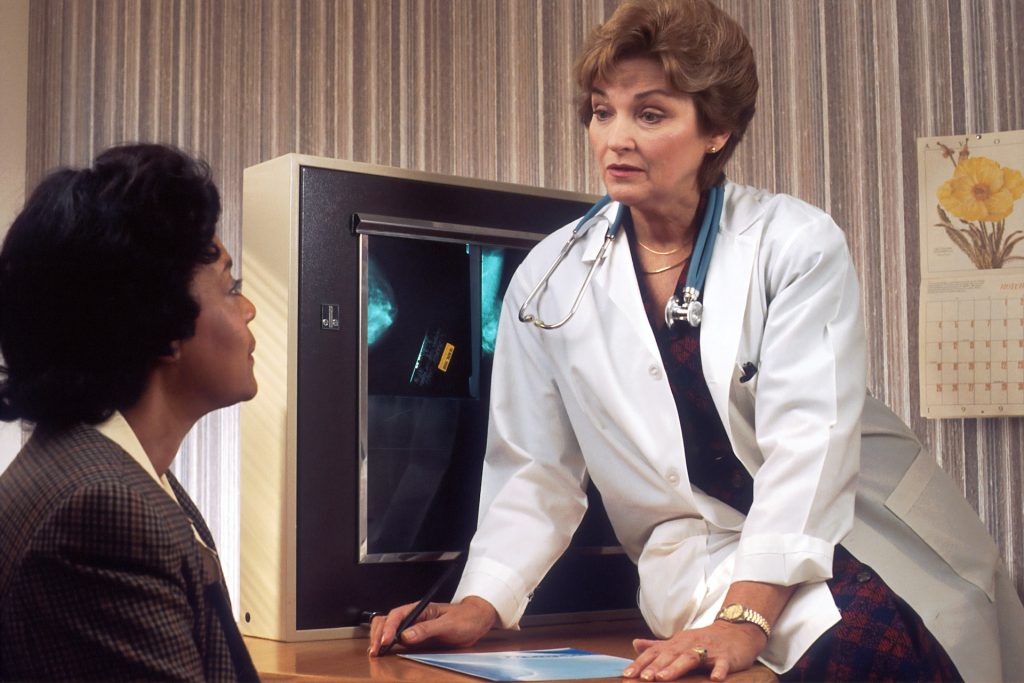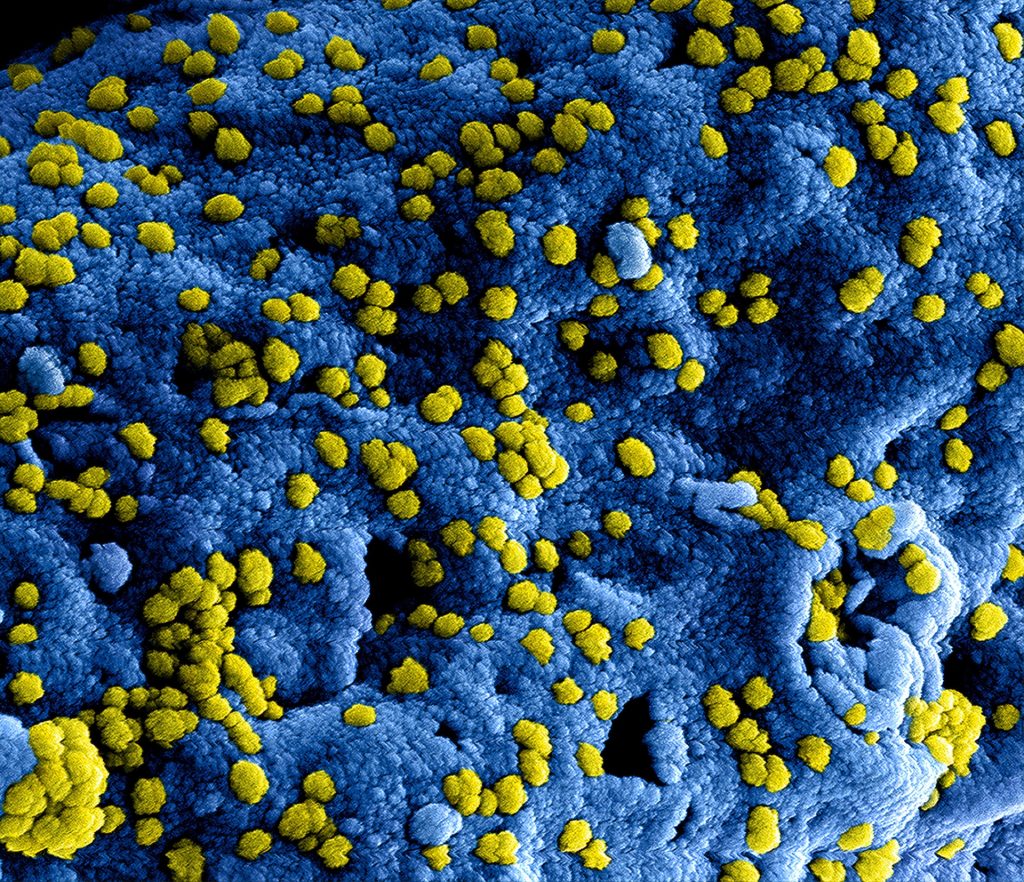Hereditary diseases, also known as genetic disorders, have intrigued scientists and researchers for centuries. These conditions, often passed down through family lines, are the result of genetic mutations that can have profound impacts on an individual’s health. In this comprehensive exploration, we’ll delve into the world of hereditary diseases, discussing their origins, transmission, current research, and the pursuit of potential cures.

The Genetic Blueprint: Understanding Hereditary Diseases
Hereditary diseases are disorders caused by mutations in an individual’s genetic code, found in their DNA. While DNA mutations can occur at any point in a person’s life, hereditary diseases are unique in that the mutations are inherited from one or both parents. These mutations can be caused by a variety of factors, including environmental influences, spontaneous genetic changes, and, in some cases, the inheritance of mutated genes.
How Are Hereditary Diseases Passed On?
The transmission of hereditary diseases is governed by the laws of genetics. There are several modes of inheritance, depending on the specific disorder:
- Autosomal Dominant Inheritance: In this case, a single copy of the mutated gene from one parent is sufficient to cause the disease. Huntington’s disease is an example of an autosomal dominant disorder.
- Autosomal Recessive Inheritance: Both parents must carry a copy of the mutated gene for it to be passed on to their child. Cystic fibrosis is an example of an autosomal recessive disorder.
- X-Linked Inheritance: These disorders are carried on the X chromosome, and males are more commonly affected. Hemophilia is an X-linked disorder.
- Mitochondrial Inheritance: Mitochondrial DNA, inherited exclusively from the mother, can carry mutations that cause a range of disorders, including mitochondrial myopathy.
Current Research and Scientific Advancements
Advances in genetic research have opened new avenues for understanding and potentially treating hereditary diseases. The development of gene therapy and gene editing techniques, like CRISPR-Cas9, has provided hope for addressing the root causes of genetic disorders.
Targeted Therapies: Researchers are working on therapies that target the specific genetic mutations responsible for hereditary diseases. These therapies aim to correct or bypass the faulty genes, offering the possibility of treatments for disorders that were once considered untreatable.
Gene Editing: Techniques like CRISPR-Cas9 have the potential to precisely edit and repair DNA. While still in the experimental phase for many disorders, gene editing holds promise for future treatments.
Personalized Medicine: Genetic profiling and precision medicine allow healthcare providers to tailor treatments to an individual’s genetic makeup, increasing the effectiveness of therapies and minimizing potential side effects.

Emerging Treatments for Specific Hereditary Diseases
While not all hereditary diseases have a cure, significant progress has been made in the treatment of some specific disorders:
Cystic Fibrosis (CF): Recent advancements in CF treatment include the development of drugs like Trikafta, which target specific genetic mutations and have shown remarkable improvements in lung function and overall health for many CF patients.
Sickle Cell Anemia: Gene therapy approaches are showing promise in treating sickle cell anemia by replacing the defective hemoglobin gene with a functional one.
Muscular Dystrophy: Ongoing research into gene therapy for muscular dystrophy is providing hope for potential treatments that could slow or even reverse the progression of the disease.
Challenges in the Quest for Cures
Despite the progress made in understanding and treating hereditary diseases, significant challenges remain:
Rare Diseases: Many hereditary diseases are rare, making research and funding more challenging to obtain. However, for those affected, these disorders can be incredibly debilitating.
Ethical Dilemmas: The use of gene editing technologies raises ethical questions surrounding the potential for designer babies and unintended consequences.
Cost and Accessibility: While groundbreaking therapies and gene editing techniques hold great promise, they must be accessible and affordable for all, regardless of their socioeconomic status.

Hereditary diseases, complex and often deeply personal, have captivated the scientific community and driven the pursuit of innovative treatments. While there is no one-size-fits-all solution, advances in genetics, precision medicine, and targeted therapies are offering hope to individuals and families affected by these conditions.
As researchers continue to decode the genetic mysteries behind hereditary diseases, the future holds the promise of more effective treatments, and perhaps even cures, for disorders once considered untreatable. The quest to conquer hereditary diseases is an ongoing and evolving journey that stands at the intersection of science, hope, and the potential for transformative change in the lives of millions.





